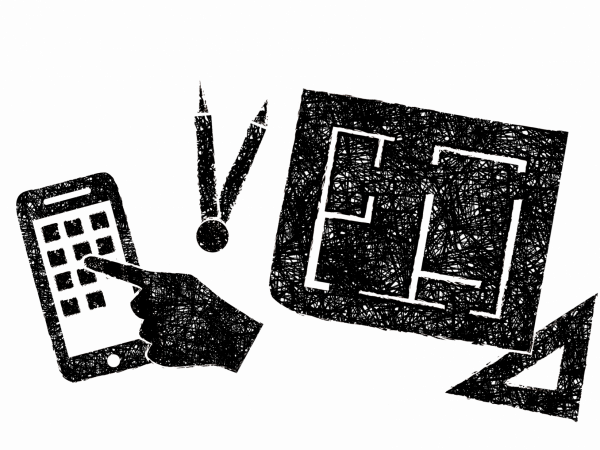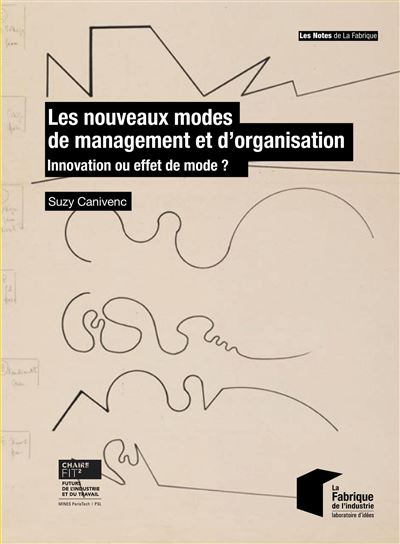- Home
- EN
- Our impact
- ProspeKtive
- New management and organization methods: innovation or fad?

New management and organization methods: innovation or fad?
January 2023
Expert
Since the 2010s, companies have been actively interested in new management and organization methods (NMMO): holacracy, agile companies, liberated companies or even "opal"... these are all fashionable labels that often suffer from vague definitions and confuse players more than they enlighten them to face the current organizational challenges. This does not prevent them from being the object of a strong craze, leading us to wonder whether we are facing real innovations or simple fashion effects.
An already old movement
The promoters of these trends often present them as conceptual breakthroughs that will lead companies to definitively go beyond the Taylorist model. However, this ambition is far from new, since the first theories on the subject date back to the 1920s.... Indeed, the premises can be found in the precursory work of Elton Mayo, at the origin of the School of Human Relations (ERH). This first trend, composed of psychologists and sociologists, sought to broaden the vision of efficiency at work by taking into account the human factors forgotten by Taylor. This sensitivity can be traced back to the 19th century with the thinkers and experimenters of "utopian socialism" (Proudhon, Fourier, Godin...).
Throughout the second half of the 20th century, there were successive currents in the wake of the ERH: the socio-technical approach in the 1960s and 1970s, the Japanese school which gave rise to lean management in the 1980s and 1990s, and agile methods at the beginning of the 20th century. A movement that is currently abounding with the appearance of multiple currents that are more complementary than competitive.
All of these trends encourage companies to take advantage of the self-organization capacities of work teams to improve both productivity and the social climate.
A question of deployment
The implementation of these different trends often leads to the same type of practices[1]: reconfiguration of the organizational design of the company in the form of small operational units responsible for self-organization through new collective discussion forums; changes in the posture of managers, who are asked to abandon authoritarianism and control and become "coaches" at the service of their team; HR practices exercised in a more collective but also more flexible manner.
There is, however, a profound difference in the way these practices are deployed, and in the intention behind them. Some companies will imitate an organizational model copied from outside, without taking the trouble and time to adapt it to the specificities of the organization (business sector and professions, organizational and managerial culture), looking for short-term efficiency gains through a magic recipe. In this case, we are in the midst of a fashion effect where, in the end, "the more things change, the more they remain the same"[2] : practices evolve, but Taylor's hierarchical and rationalist model persists. Other companies, on the other hand, are trying to invent their own model. They may be inspired by one or more organizational trends (agility, holacracy, lean) but always make the effort to adapt it to their operational realities by actively involving employees in the experimentation of new practices. This is often a much longer process, but one that really breaks the Taylorian framework by focusing on participation and experimentation.
The same organizational trend can therefore generate genuine innovative practices as well as being the object of a simple fashion effect. Finally, what is important here is not so much the organizational model that is claimed, but the way in which it is deployed.
[1] Canivenc, Suzy (2022). « Nouveaux modes de management et d’organisation : six pratiques récurrentes et leurs limites ». Les Cubes de la Fabrique de l’Industrie, 24 novembre 2022. https://www.la-fabrique.fr/fr/publication/nouveaux-modes-de-management-et-dorganisation-six-pratiques-recurrentes-et-leurs-limites/
[2] Watzlawick, P., Weakland, J., & Fisch, R. (1975). Changements. Paradoxes et psychothérapie. Seuil.
 |
Canivenc, Suzy (2022). Les nouveaux modes de management et d’organisation, innovation |
Release date: January 2023



